If you've ever made soy milk at home, you know that there's a byproduct left over -- okara, the gritty soybean pulp that remains after you filter and strain your milk. Okara doesn't have much taste, but it does have a lot of nutrients, including fiber, protein, calcium, iron and phosphorus.
Although you can freeze okara, its shelf life when fresh is relatively short -- a week or less. Throwing it away is certainly an option, but why waste all those nutrients when there are so many ways you can use it up?
How to Use Your Okara
There are creative ways to incorporate okara, along with all its valuable nutrients, into almost any dish you prepare in your kitchen.
Stir-Fry It
The traditional Japanese way to prepare okara is to stir-fry it and serve it with vegetables or meat over rice or in soup. Okara will thicken the broth of any soup and is a good foil to other ingredients because of its neutral flavor.
Add It to Burgers, Patties or Meatballs
Using a ratio of about 4 parts patty mixture to 1 part okara; add the pulp to meatballs, burgers, falafel or vegetarian patties. Mix it in thoroughly and moisten your hands to form balls or patties. Then fry or bake the patties as you normally would.
Bake With It
Okara won't alter the flavor of your baked goods, but it will add nutrition. To figure out how much you can add, look at the total amount of flour your recipe calls for and divide it by 3 or 4. When you combine the wet ingredients of any quick bread, muffin, pancake, cookie or cake batter, mix in that amount of okara.
Make It into Flour
Okara makes an excellent gluten-free flour. After straining it thoroughly, dry it using a dehydrator, or spread it out in a very thin layer on a baking sheet in the oven. Bake the pulp at 200 degrees Fahrenheit for at least 1 hour and up to 4 hours, pausing every 20 minutes to stir the okara around the baking sheet.
When the okara is dried completely, pulse it in a powerful blender, food processor or coffee grinder until it has a flourlike consistency. Use the flour as part of a gluten-free flour mix or as a replacement for up to 50 percent of the regular flour in any recipe.
Related Articles

How to Make Pumpernickel Flour

What Would You Use Coconut Flour In?

How to Replace Flour With Oat Flour

Uses of Cassava Flour
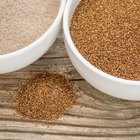
Is Teff Flour Gluten-Free?
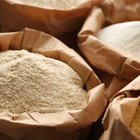
Baking With Almond, Rice & Coconut Flour
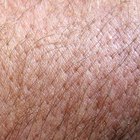
How to Retard Hair Growth
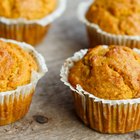
Flour Substitute for Muffins

Uses of Tamarind Seeds

How to Use Guar Gum to Replace Gelatin
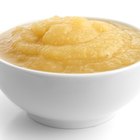
Benefiber as an Appetite Suppressant
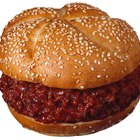
Can You Substitute Spaghetti Sauce for ...
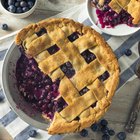
Can I Use Flour Instead of Cornstarch ...
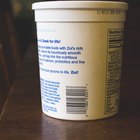
How to Freeze Greek Yogurt

How to Cook Millet Meal
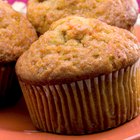
Substitute for Manioc Starch

How to Use Evaporated Milk in Place of ...

Psyllium Husk & Gluten

Old Fashioned Oats in Place of ...
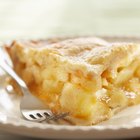
What Can I Substitute for Cornstarch?
References
Writer Bio
Carly Schuna has been freelance writing and editing for more than a decade. In the lifestyle sector, her specialty areas are wellness, food/drink, and entertaining. With hundreds of recipes and nutrition-focused articles in her portfolio, Carly loves helping readers put a healthy spin on classics in the kitchen without sacrificing taste.